The Cincinnati Subway
An abandoned relic of the city's failed experiment with below ground transit.
In the early years of the twentieth century, when the river trade was flourishing and it ranked in the top ten largest cities in the nation, Cincinnati decided to build a subway system. The major impetus was the draining of the Miami and Erie Canal, along which the subway would be built.
The idea really originated in 1884, when the Cincinnati Graphic printed an illustration showing trains chugging along underground, in an old canal bed covered with a new street.
After their remarkably brief golden era, canals quickly became even more of a nuisance than they had been when they were bringing in trade. Many were partially drained; whatever water there was ended up breeding mosquitoes and disease. The muddy canal bottoms were used as refuse dumps. Since the Miami & Erie cut right through the heart of the city, it was a particular eyesore in Cincinnati.
The plan was made in 1912 to build a sixteen-mile rapid transit rail system in a loop around the city, with a branch going underground and heading downtown. It surfaced at Brighton and Saint Bernard and ran above ground along the Ohio River.
The cost, originally estimated at $12 million, was cut to $6 million and then voted on in 1916. More than 80% of Cincinnatians said yes to the new railway, but work wasn’t begun until after World War One–January 28, 1920. Ground was first broken on Walnut Street where nowadays you will find office buildings, apartments, and restaurants.
Despite several delays, the two-mile underground portion of the subway was completed by 1923. Inflation had destroyed the projected budget and caused the rail loop to be reduced in size.
In 1926 Mayor Murray Seasongood took control of the transit project from the county and gave it to the city, then estimated another $10 million needed to be spent to see it through to completion. Central Parkway, which was built atop the underground tunnels, opened in 1928, and that seemed to be all the transit Cincinnati residents wanted at the time, especially with such a steep price tag for finishing the project.
Of course, in 1929 any consideration of paying the millions evaporated when the stock market crashed and the country plunged into the dark depths of the Great Depression. Proposals came and went in the 30s, but none were implemented. One idea was to run trolleys through the tunnels, but the trolley cars were too long for the subway’s bends. Another proposal, made by City Manager C.O. Sherrill in 1939, was to use them for automobile traffic, but the cost of the plan was too high.
A 1948 study finally mothballed the Cincinnati Subway for good, though efforts to do something with the tunnels have been constantly ongoing for more than half a century. Ideas have included a bomb shelter, a shopping and nightlife district, a massive wine cellar, and more rapid transit. The latest proposal is for another subway. I-75 was built, destroying a large segment of the underground passage. But one of the Queen City’s best-kept secrets is the fact that sections of the original subway still remain–including all four of the stations put in during initial construction.
Today all of these passages are sealed off.
Update as of April 2020: There are no longer tours offered of the subways. Deemed unsafe, they are used by Cincinnati Waterworks only.
Know Before You Go
Most of the entrances have been gated, or concreted over. Access is both illegal and extremely difficult, though not impossible as recent photos of the tunnels attest. As of 2016,"tours of the Cincinnati subway tunnel are no longer permitted by the City of Cincinnati due to a risk assessment performed in the spring of 2015. At this time, it is not known if tours of the subway tunnel will be able to resume in the future." The best chance of seeing one of the access tunnels is off Hopple St. There is a tunnel entrance a short hop across the Central Parkway. Once you cross the street, look over the edge of the concrete fence and you’ll see the tunnel gate. It's no secret - people are clambering to get down into the forgotten tunnels which have remained incomplete since 1928.
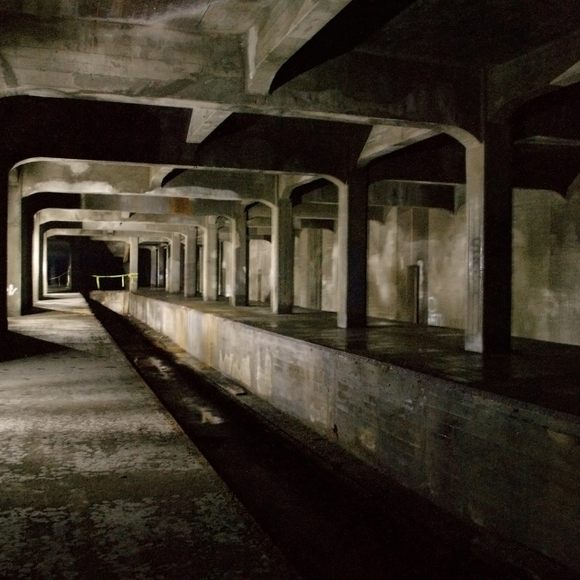

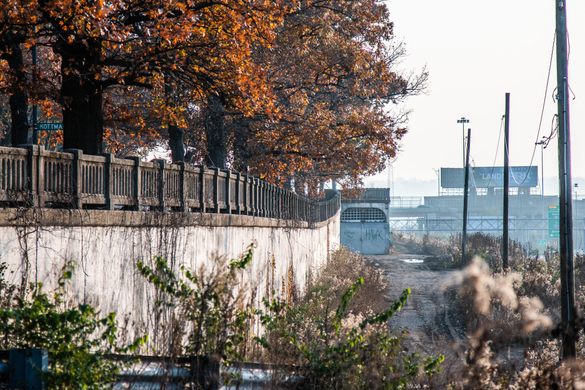
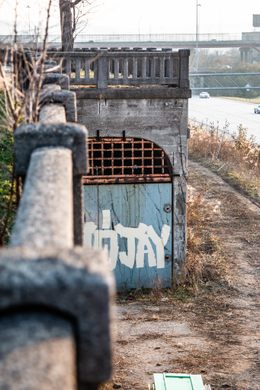


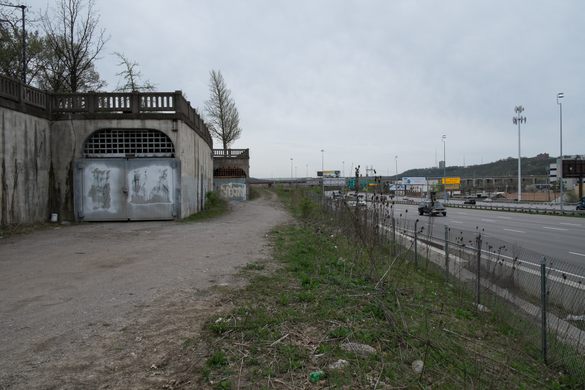
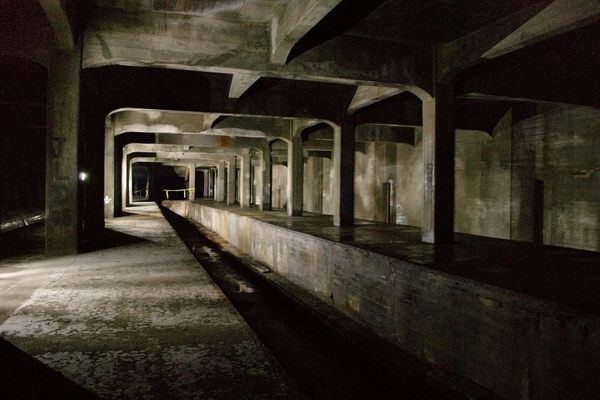









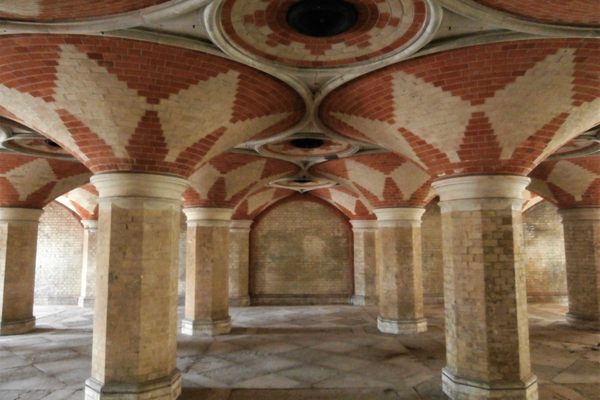



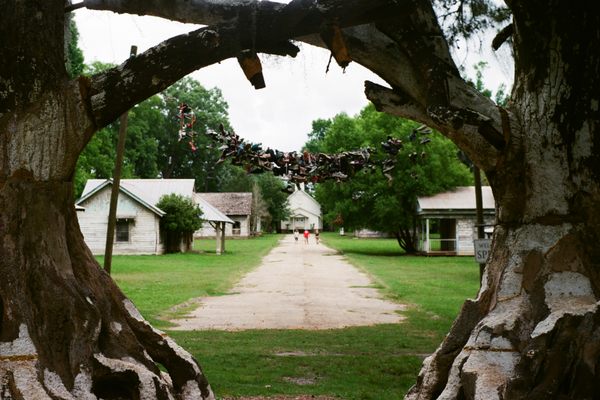

Follow us on Twitter to get the latest on the world's hidden wonders.
Like us on Facebook to get the latest on the world's hidden wonders.
Follow us on Twitter Like us on Facebook